4. Barrett HH. 1984; III The radon transform and its applications. Prog Opt. 21:217–286.

6. Maier A, Steidl S, Christlein V, Hornegger J. 2018. Medical imaging systems: an introductory guide. Springer Nature Switzerland AG;Cham: p. 148–167.
9. Hounsfield GN. 1973; Computerized transverse axial scanning (tomography). 1. Description of system. Br J Radiol. 46:1016–1022. DOI:
10.1259/0007-1285-46-552-1016. PMID:
4757352.

10. Rincon-Guio C, Gómez AM, Charry JD. 2017; The role of computed tomography as a prognostic tool in traumatic brain trauma. Imaging Med. 9:171–178.
11. Kachelriess M, Schaller S, Kalender WA. 2000; Advanced single-slice rebinning in cone-beam spiral CT. Med Phys. 27:754–772. DOI:
10.1118/1.598938. PMID:
10798698.

12. Kak AC, Slaney M. 1987. Principles of computerized tomographic imaging. Society of Industrial and Applied Mathematics;Philadelphia: p. 49–112.
13. Stierstorfer K, Rauscher A, Boese J, Bruder H, Schaller S, Flohr T. 2004; Weighted FBP--a simple approximate 3D FBP algorithm for multislice spiral CT with good dose usage for arbitrary pitch. Phys Med Biol. 49:2209–2218. DOI:
10.1088/0031-9155/49/11/007. PMID:
15248573.


14. Flohr TG, Schaller S, Stierstorfer K, Bruder H, Ohnesorge BM, Schoepf UJ. 2005; Multi-detector row CT systems and image-reconstruction techniques. Radiology. 235:756–773. DOI:
10.1148/radiol.2353040037. PMID:
15833981.


15. Hata A, Yanagawa M, Honda O, Kikuchi N, Miyata T, Tsukagoshi S, et al. 2018; Effect of matrix size on the image quality of ultra-high-resolution CT of the lung: comparison of 512 × 512, 1024 × 1024, and 2048 × 2048. Acad Radiol. 25:869–876. DOI:
10.1016/j.acra.2017.11.017. PMID:
29373211.

18. Flohr T. 2013; CT systems. Curr Radiol Rep. 1:52–63.

19. van Ooijen PM, van Geuns RJ, Rensing BJ, Bongaerts AH, de Feyter PJ, Oudkerk M. 2003; Noninvasive coronary imaging using electron beam CT: surface rendering versus volume rendering. AJR Am J Roentgenol. 180:223–226. DOI:
10.2214/ajr.180.1.1800223. PMID:
12490509.

20. Kopp AF, Klingenbeck-Regn K, Heuschmid M, Küttner A, Ohnesorge B, Flohr T, et al. 2000; Multislice computed tomography: basic principles and clinical applications. Electromedica. 68:94–105.
21. Grajo JR, Patino M, Prochowski A, Sahani DV. 2016; Dual energy CT in practice: basic principles and applications. Appl Radiol. 45:6–12.
22. Sajja S, Lee Y, Eriksson M, Nordström H, Sahgal A, Hashemi M, et al. 2019; Technical principles of dual-energy cone beam computed tomography and clinical applications for radiation therapy. Adv Radiat Oncol. 5:1–16. DOI:
10.1016/j.adro.2019.07.013. PMID:
32051885. PMCID:
PMC7004939.



23. Ohana M, Jeung MY, Labani A, El Ghannudi S, Roy C. 2014; Thoracic dual energy CT: acquisition protocols, current applications and future developments. Diagn Interv Imaging. 95:1017–1026. DOI:
10.1016/j.diii.2014.01.001. PMID:
24780370.


24. Coursey CA, Nelson RC, Boll DT, Paulson EK, Ho LM, Neville AM, et al. 2010; Dual-energy multidetector CT: how does it work, what can it tell us, and when can we use it in abdominopelvic imaging? Radiographics. 30:1037–1055. DOI:
10.1148/rg.304095175. PMID:
20631367.


25. Rassouli N, Etesami M, Dhanantwari A, Rajiah P. 2017; Detector-based spectral CT with a novel dual-layer technology: principles and applications. Insights Imaging. 8:589–598. DOI:
10.1007/s13244-017-0571-4. PMID:
28986761. PMCID:
PMC5707218.



26. Silva AC, Morse BG, Hara AK, Paden RG, Hongo N, Pavlicek W. 2011; Dual-energy (spectral) CT: applications in abdominal imaging. Radiographics. 31:1031–1046. discussion 1047-1050. DOI:
10.1148/rg.314105159. PMID:
21768237.


27. Lee SC, Kim HK, Chun IK, Cho MH, Cho MH, Lee SY. 2004; Development of a micro-CT system for small animal imaging. J Biomed Eng Res. 25:97–102.
28. Nam KY, Kim KW, Kim JH, Son HH, Ryu JH, Kang SH, et al. 2008; Micro-CT system for small animal imaging. Korean J Med Phys. 19:102–112. DOI:
10.1117/12.772303,. PMID:
22049304. PMCID:
PMC3204786.
29. Goldman LW. 2007; Principles of CT: radiation dose and image quality. J Nucl Med Technol. 35:213–225. quiz 226-228.DOI:
10.2967/jnmt.106.037846. PMID:
18006597.


30. Calhoun PS, Kuszyk BS, Heath DG, Carley JC, Fishman EK. 1999; Three-dimensional volume rendering of spiral CT data: theory and method. Radiographics. 19:745–764. DOI:
10.1148/radiographics.19.3.g99ma14745. PMID:
10336201.


31. Duran AH, Duran MN, Masood I, Maciolek LM, Hussain H. 2019; The additional diagnostic value of the three-dimensional volume rendering imaging in routine radiology practice. Cureus. 11:e5579. DOI:
10.7759/cureus.5579. PMID:
31695998. PMCID:
PMC6820665.

33. Liguori C, Frauenfelder G, Massaroni C, Saccomandi P, Giurazza F, Pitocco F, et al. 2015; Emerging clinical applications of computed tomography. Med Devices (Auckl). 8:265–278. DOI:
10.2147/MDER.S70630. PMID:
26089707. PMCID:
PMC4467659.


34. Davis AT, Palmer AL, Nisbet A. 2017; Can CT scan protocols used for radiotherapy treatment planning be adjusted to optimize image quality and patient dose? A systematic review. Br J Radiol. 90:20160406. DOI:
10.1259/bjr.20160406. PMID:
28452568. PMCID:
PMC5603945.

35. Posiewnik M, Piotrowski T. 2019; A review of cone-beam CT applications for adaptive radiotherapy of prostate cancer. Phys Med. 59:13–21. DOI:
10.1016/j.ejmp.2019.02.014. PMID:
30928061.


36. Srinivasan K, Mohammadi M, Shepherd J. 2014; Applications of linac-mounted kilovoltage Cone-beam Computed Tomography in modern radiation therapy: a review. Pol J Radiol. 79:181–193. DOI:
10.12659/PJR.890745. PMID:
25006356. PMCID:
PMC4085117.



39. Kumar M, Shanavas M, Sidappa A, Kiran M. 2015; Cone beam computed tomography - know its secrets. J Int Oral Health. 7:64–68. PMID:
25859112. PMCID:
PMC4377156.
40. Srinivasan K, Mohammadi M, Shepherd J. 2014; Cone beam computed tomography for adaptive radiotherapy treatment planning. J Med Biol Eng. 34:377–385.
41. Miracle AC, Mukherji SK. 2009; Conebeam CT of the head and neck, part 1: physical principles. AJNR Am J Neuroradiol. 30:1088–1095. DOI:
10.3174/ajnr.A1653. PMID:
19439484. PMCID:
PMC7051341.



42. Sepulcri M, Paronetto C, El Khouzai B, Novo A, Aldegheri V, Scaggion A, et al. 2020; Effectiveness of cone beam computed tomography imaging during radiation therapy for the detection of initial coronavirus lung disease 2019. Adv Radiat Oncol. 5:697–699. DOI:
10.1016/j.adro.2020.04.019. PMID:
32395669. PMCID:
PMC7207168.



43. Guckenberger M. 2011; Image-guided radiotherapy based on kilovoltage cone-beam computed tomography - a review of technology and clinical outcome. Eur Oncol Haematol. 7:121–124.

44. Maher MM, Hahn PF, Gervais DA, Seoighe B, Ravenscroft JB, Mueller PR. 2004; Portable abdominal CT: analysis of quality and clinical impact in more than 100 consecutive cases. AJR Am J Roentgenol. 183:663–670. DOI:
10.2214/ajr.183.3.1830663. PMID:
15333353.


45. Rumboldt Z, Huda W, All JW. 2009; Review of portable CT with assessment of a dedicated head CT scanner. AJNR Am J Neuroradiol. 30:1630–1636. DOI:
10.3174/ajnr.A1603. PMID:
19661166. PMCID:
PMC7051518.



46. Niu T, Zhu L. 2012. Low-dose quantitative cone-beam CT imaging in radiation therapy. Paper presented at: 2012 IEEE Nuclear Science Symposium and Medical Imaging Conference Record (NSS/MIC). Anaheim;USA: p. 2907–2909. 2012 Oct 27-Nov 3.
47. Larke FJ, Kruger RL, Cagnon CH, Flynn MJ, McNitt-Gray MM, Wu X, et al. 2011; Estimated radiation dose associated with low-dose chest CT of average-size participants in the National Lung Screening Trial. AJR Am J Roentgenol. 197:1165–1169. DOI:
10.2214/AJR.11.6533. PMID:
22021510.


48. Ono K, Hiraoka T, Ono A, Komatsu E, Shigenaga T, Takaki H, et al. 2013; Low-dose CT scan screening for lung cancer: comparison of images and radiation doses between low-dose CT and follow-up standard diagnostic CT. Springerplus. 2:393. DOI:
10.1186/2193-1801-2-393. PMID:
24010047. PMCID:
PMC3755805.



49. Su AW, Hillen TJ, Eutsler EP, Bedi A, Ross JR, Larson CM, et al. 2019; Low-dose computed tomography reduces radiation exposure by 90% compared with traditional computed tomography among patients undergoing hip-preservation surgery. Arthroscopy. 35:1385–1392. DOI:
10.1016/j.arthro.2018.11.013. PMID:
30987906. PMCID:
PMC6500754.



51. Kubo T, Ohno Y, Takenaka D, Nishino M, Gautam S, Sugimura K, et al. 2016; Standard-dose vs. low-dose CT protocols in the evaluation of localized lung lesions: capability for lesion characterization-iLEAD study. Eur J Radiol Open. 3:67–73. DOI:
10.1016/j.ejro.2016.03.002. PMID:
27957516. PMCID:
PMC5144111.



52. Costello JE, Cecava ND, Tucker JE, Bau JL. 2013; CT radiation dose: current controversies and dose reduction strategies. AJR Am J Roentgenol. 201:1283–1290. DOI:
10.2214/AJR.12.9720. PMID:
24261368.


53. Willekens I, Buls N, Lahoutte T, Baeyens L, Vanhove C, Caveliers V, et al. 2010; Evaluation of the radiation dose in micro-CT with optimization of the scan protocol. Contrast Media Mol Imaging. 5:201–207. DOI:
10.1002/cmmi.394. PMID:
20665903.


54. Lell MM, Wildberger JE, Alkadhi H, Damilakis J, Kachelriess M. 2015; Evolution in computed tomography: the battle for speed and dose. Invest Radiol. 50:629–644. DOI:
10.1097/RLI.0000000000000172. PMID:
26135019.

55. Smith-Bindman R, Lipson J, Marcus R, Kim KP, Mahesh M, Gould R, et al. 2009; Radiation dose associated with common computed tomography examinations and the associated lifetime attributable risk of cancer. Arch Intern Med. 169:2078–2086. DOI:
10.1001/archinternmed.2009.427. PMID:
20008690. PMCID:
PMC4635397.



56. Obenaus A, Smith A. 2004; Radiation dose in rodent tissues during micro-CT imaging. J X-Ray Sci Technol. 12:241–249.
58. American Association of Physicists in Medicine. 1993. Specification and acceptance testing of computed tomography scanners. American Association of Physicists in Medicine;Alexandria: p. 93.
59. An HJ, Son JM, Jin HM, Sung JW, Chun MS. 2019; Acceptance test and clinical commissioning of CT simulator. Prog Med Phys. 30:160–166.

60. American College of Radiology. 2017. The 2017 Computed Tomography Quality Control manual. American College of Radiology.
61. Mutic S, Palta JR, Butker EK, Das IJ, Huq MS, Loo LN, et al. 2003; Quality assurance for computed-tomography simulators and the computed-tomography-simulation process: report of the AAPM Radiation Therapy Committee Task Group No. 66. Med Phys. 30:2762–2792. DOI:
10.1118/1.1609271. PMID:
14596315.


62. Appel E, Kröpil P, Bethge OT, Aissa J, Thomas C, Antoch G, et al. 2018; Quality assurance in CT: implementation of the updated national diagnostic reference levels using an automated CT dose monitoring system. Clin Radiol. 73:677.e13–e677.e20. DOI:
10.1016/j.crad.2018.02.012. PMID:
29567269.

63. Mansour Z, Mokhtar A, Sarhan A, Ahmed MT, El-Diasty T. 2016; Quality control of CT image using American College of Radiology (ACR) phantom. Egypt J Radiol Nucl Med. 47:1665–1671.

64. McCollough CH, Bruesewitz MR, McNitt-Gray MF, Bush K, Ruckdeschel T, Payne JT, et al. 2004; The phantom portion of the American College of Radiology (ACR) computed tomography (CT) accreditation program: practical tips, artifact examples, and pitfalls to avoid. Med Phys. 31:2423–2442. DOI:
10.1118/1.1769632. PMID:
15487722.


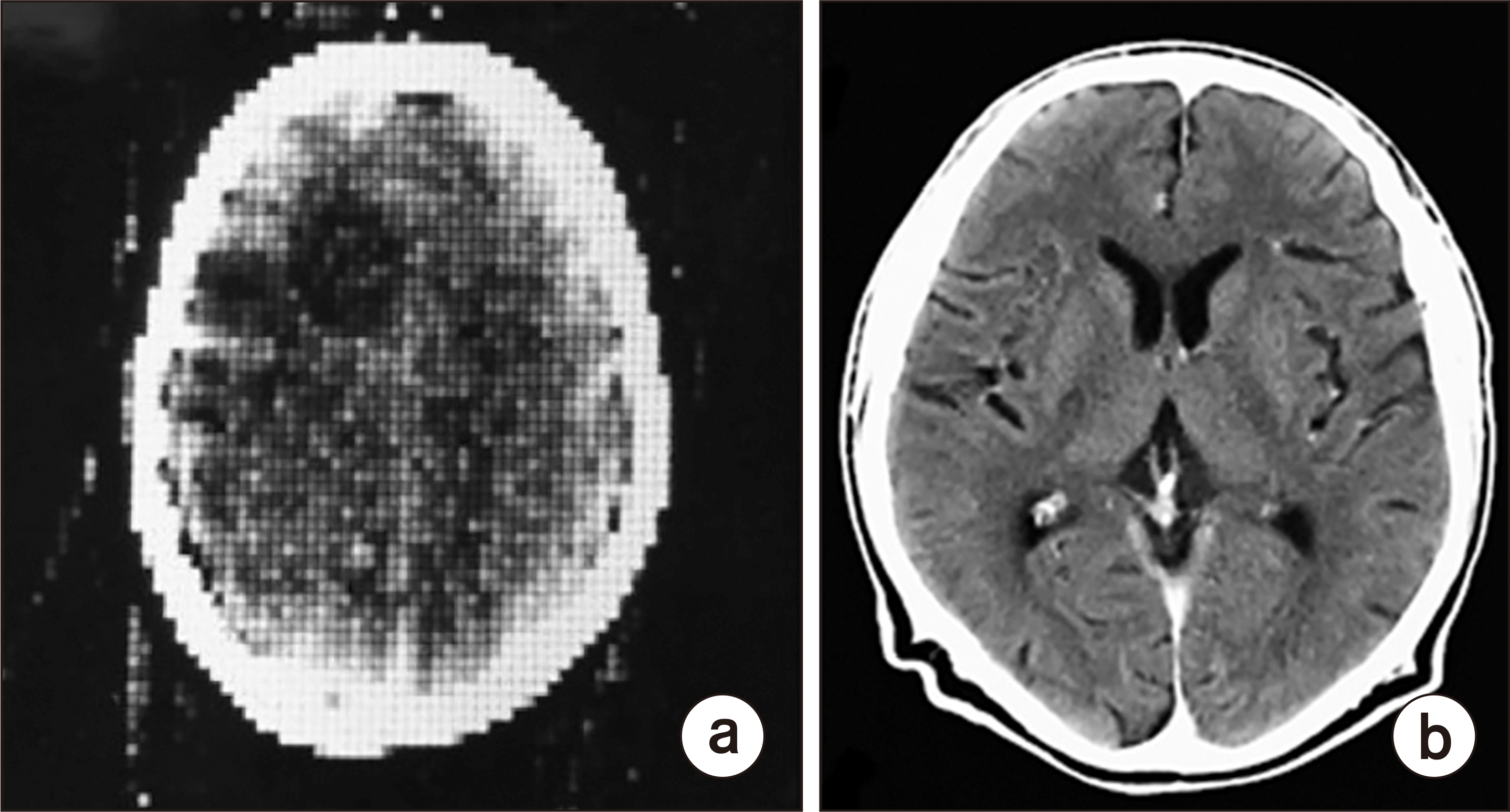

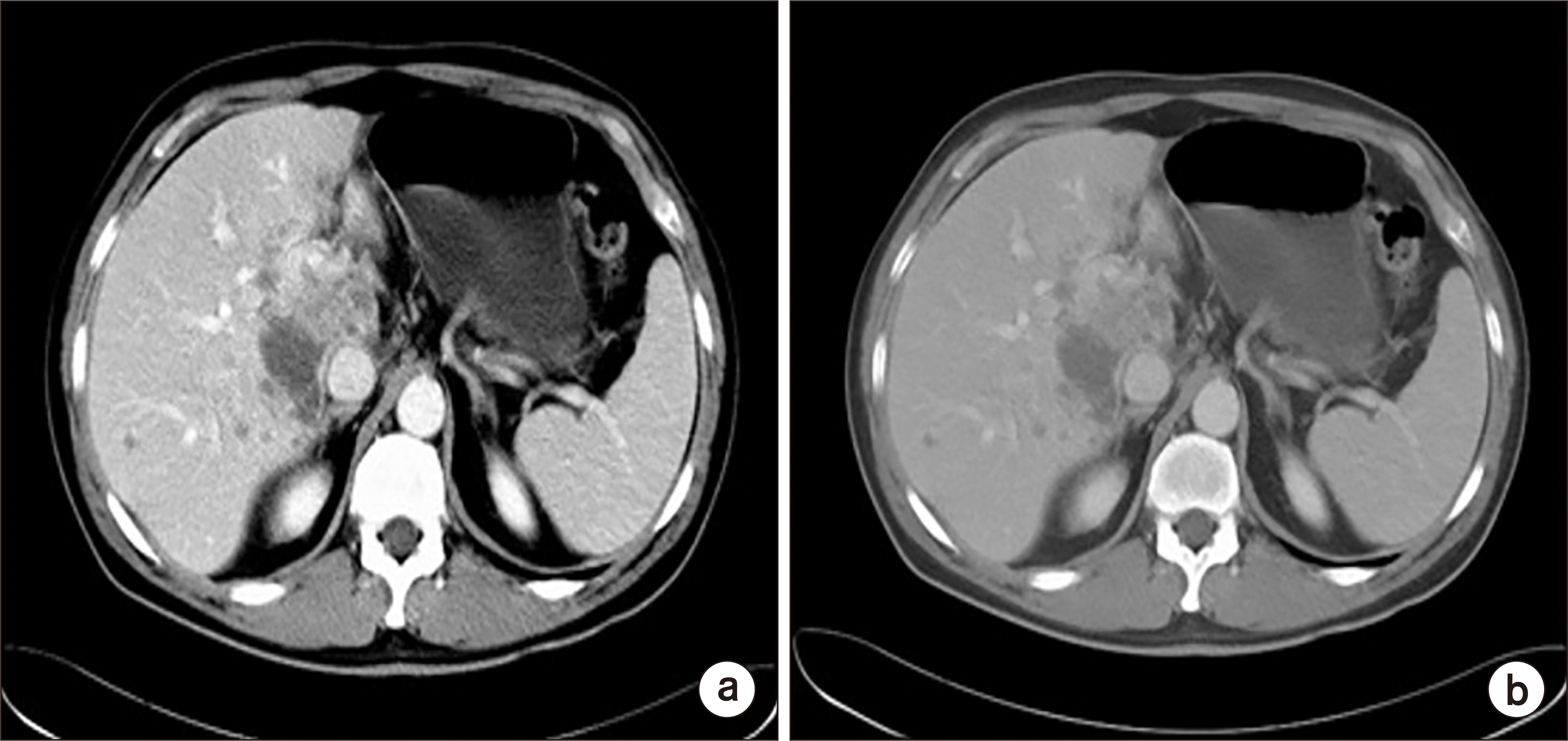




 PDF
PDF Citation
Citation Print
Print





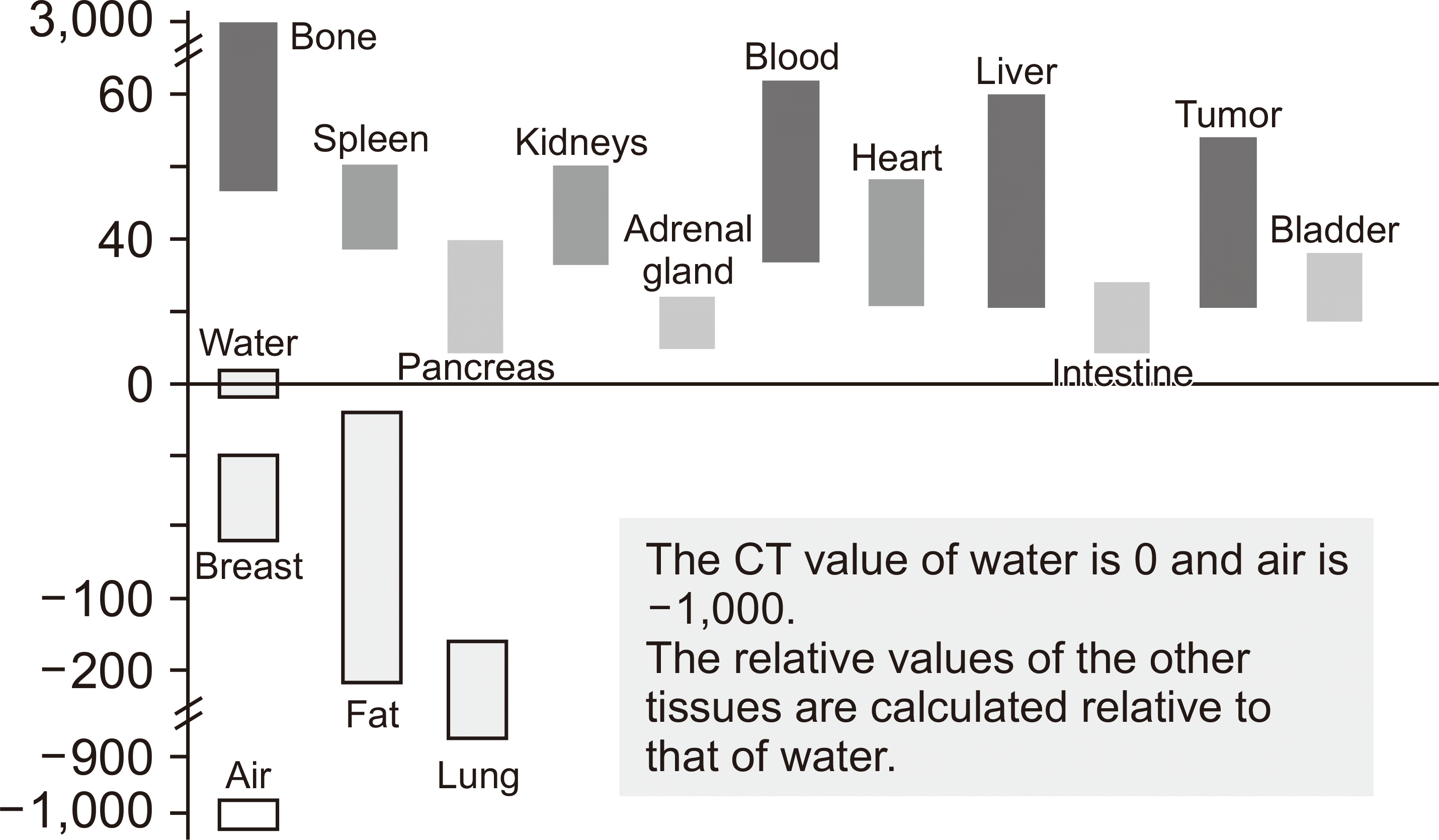
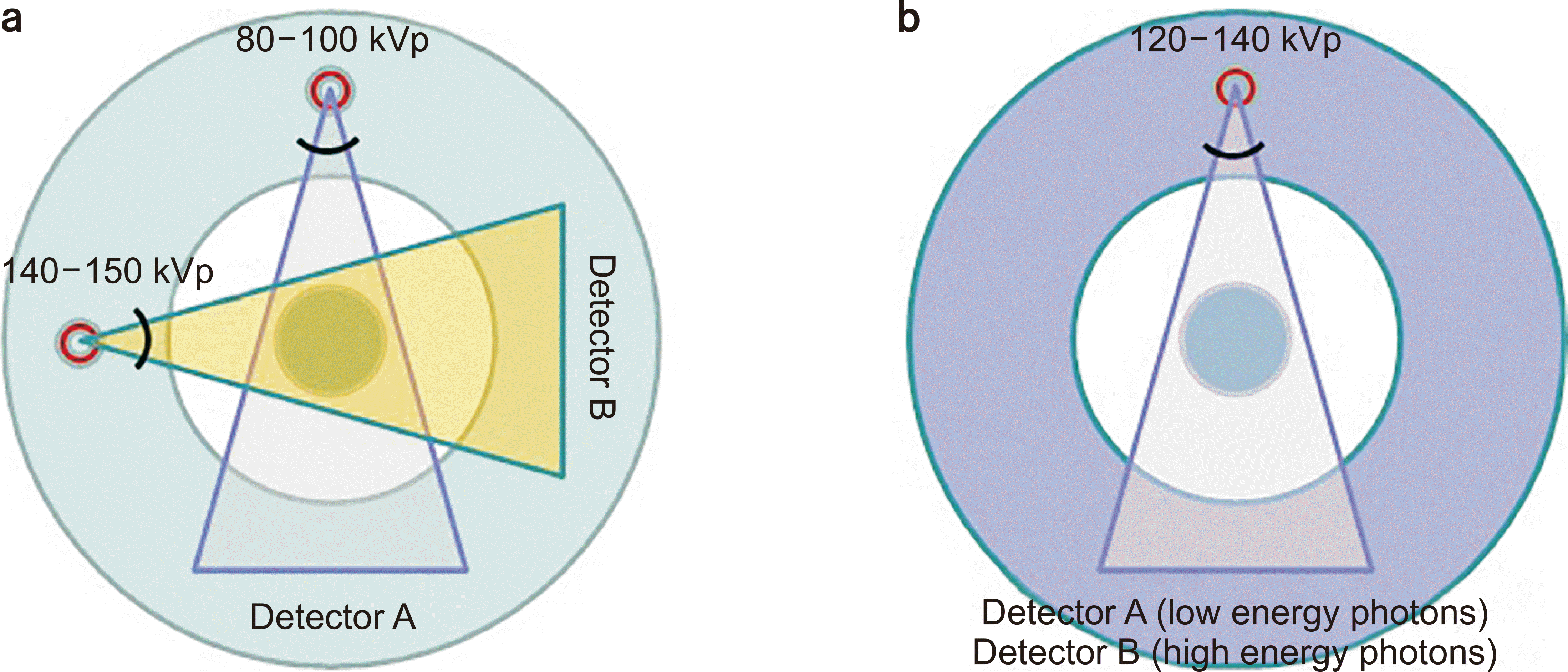

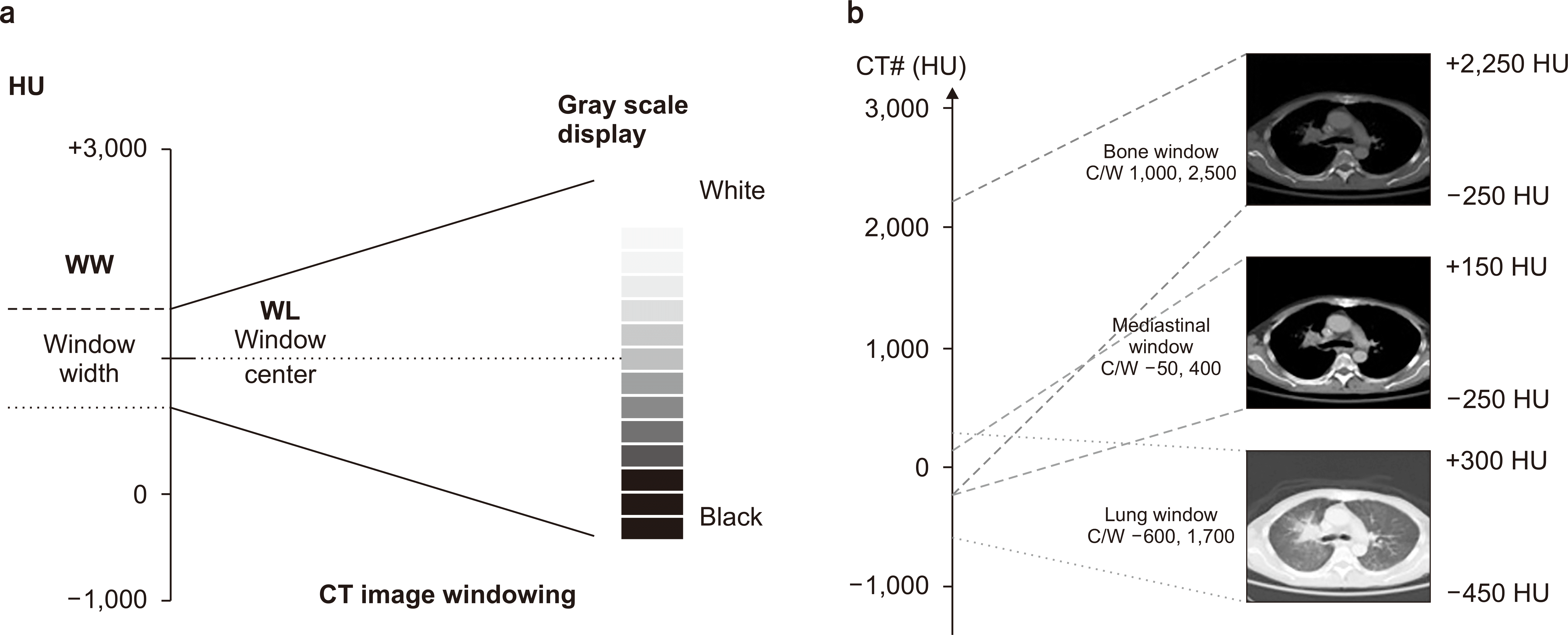
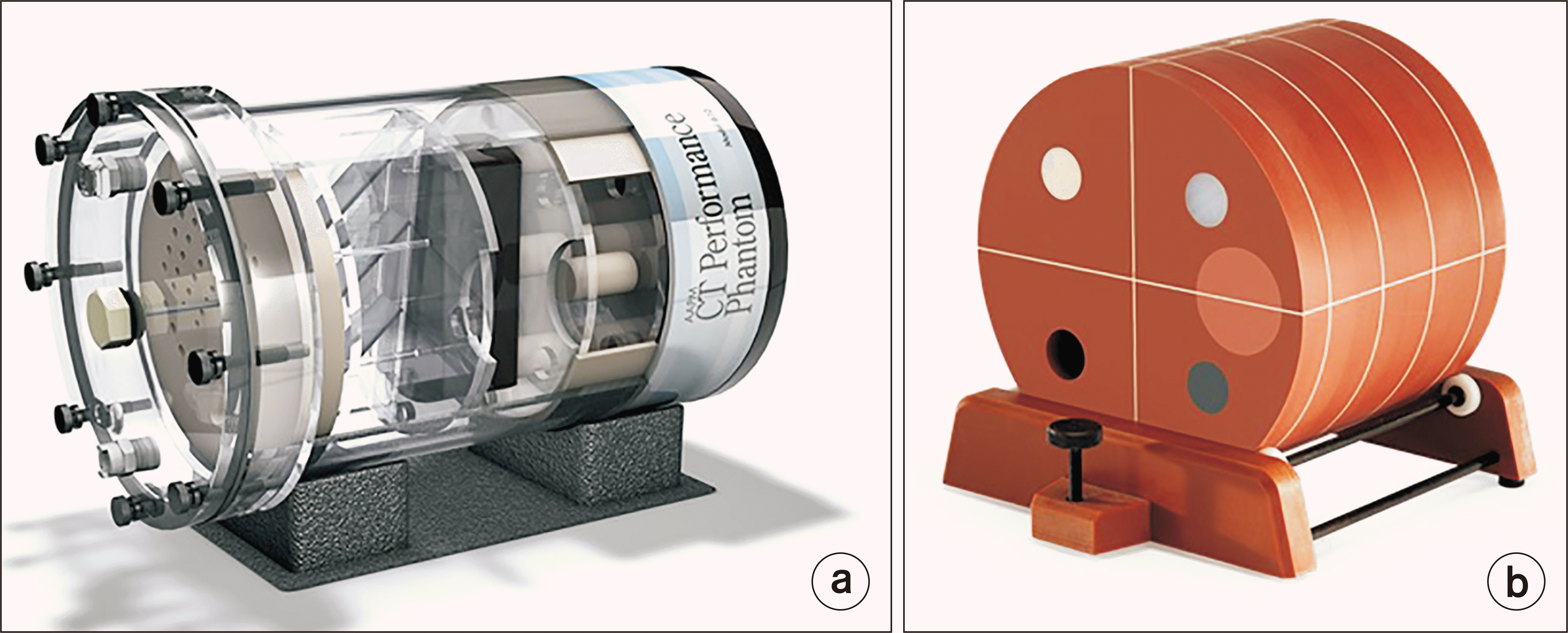
 XML Download
XML Download